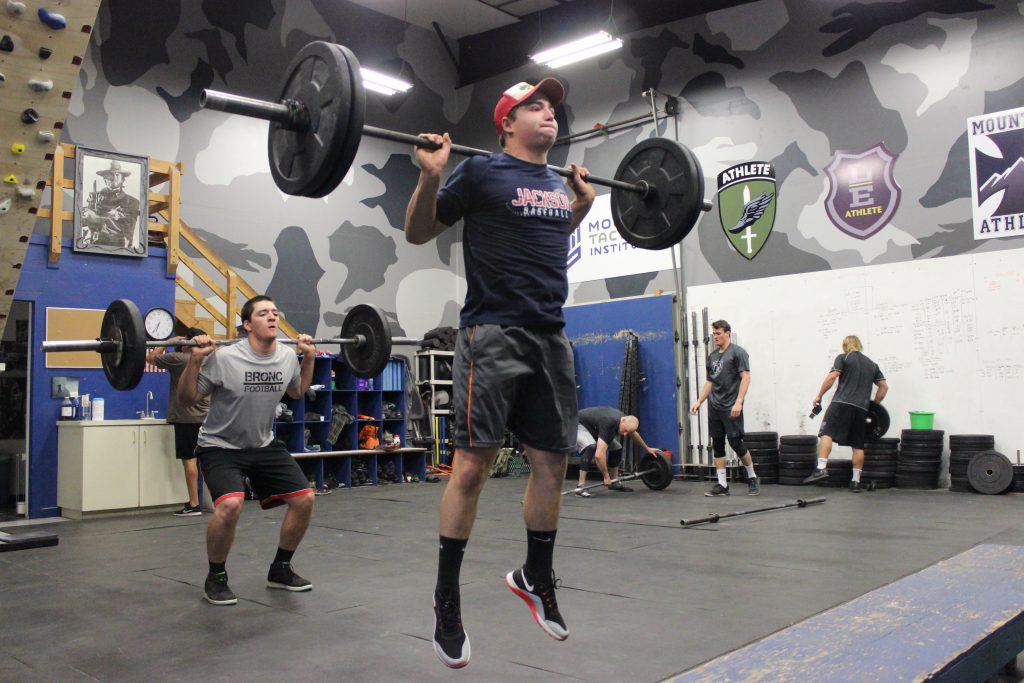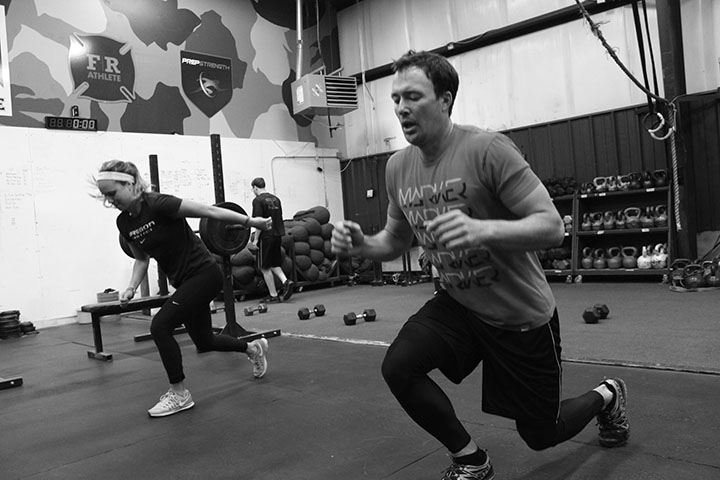TMRowlett
Level 4 Valued Member
Are these for the most part interchangable in terms of GPP?
I have always seen 3 movement patterns for the legs which would be huge, squat, and lunges. My experience has been if I do squats it doesn't quite hit the lunge the way the body mechanics want to work in the lunge. If I don't work the lunge and out of nowhere do a bunch of lunges I usually get cramping pain in my hamstrings that tells me I better not do another set of lunges or I won't be able to walk very well for the next 3 days.
That said I love a minimalist approach to the gym due to a lot of responsibilities outside the gym. I would love to just do hinge, squat (goblet squats, or jumping squats to increase the intensity and force requires in the lift due to lower weight), press and throw in some pull ups but I always feel like if I don't hit the lunge I missing the cherry on top.
Do you see lunges as a necessary primary movement if you're already doing squats?
Also I would like to practice pistol squats because, although they don't hit the back like barbell squats, it's a great way to progressively load the legs without a squat rack.
If I feel I need to do lunges will pistol squats work the legs close enough to a lunge to sufficiently replace the lunge better than two legged squats?
As I am writing this I may continue to work hinge, squats, press,and pull ups 3 days a week and just alternate the type of squat pattern each day while keeping everything else the same. So one day do squats with swing and presses and then the next workout day do lunges with swings and presses and the third day of training do pistol squats. That way I'm still essentially working the squat pattern in a different way but hitting the different movement patterns and loading the squat the way I want.
The only negative I see would be not "greasing the groove" which can add to your strength gains when working the same lift over and over practicing and adjusting the form and subtle adjustments.
Any thoughts on this?
I have always seen 3 movement patterns for the legs which would be huge, squat, and lunges. My experience has been if I do squats it doesn't quite hit the lunge the way the body mechanics want to work in the lunge. If I don't work the lunge and out of nowhere do a bunch of lunges I usually get cramping pain in my hamstrings that tells me I better not do another set of lunges or I won't be able to walk very well for the next 3 days.
That said I love a minimalist approach to the gym due to a lot of responsibilities outside the gym. I would love to just do hinge, squat (goblet squats, or jumping squats to increase the intensity and force requires in the lift due to lower weight), press and throw in some pull ups but I always feel like if I don't hit the lunge I missing the cherry on top.
Do you see lunges as a necessary primary movement if you're already doing squats?
Also I would like to practice pistol squats because, although they don't hit the back like barbell squats, it's a great way to progressively load the legs without a squat rack.
If I feel I need to do lunges will pistol squats work the legs close enough to a lunge to sufficiently replace the lunge better than two legged squats?
As I am writing this I may continue to work hinge, squats, press,and pull ups 3 days a week and just alternate the type of squat pattern each day while keeping everything else the same. So one day do squats with swing and presses and then the next workout day do lunges with swings and presses and the third day of training do pistol squats. That way I'm still essentially working the squat pattern in a different way but hitting the different movement patterns and loading the squat the way I want.
The only negative I see would be not "greasing the groove" which can add to your strength gains when working the same lift over and over practicing and adjusting the form and subtle adjustments.
Any thoughts on this?




